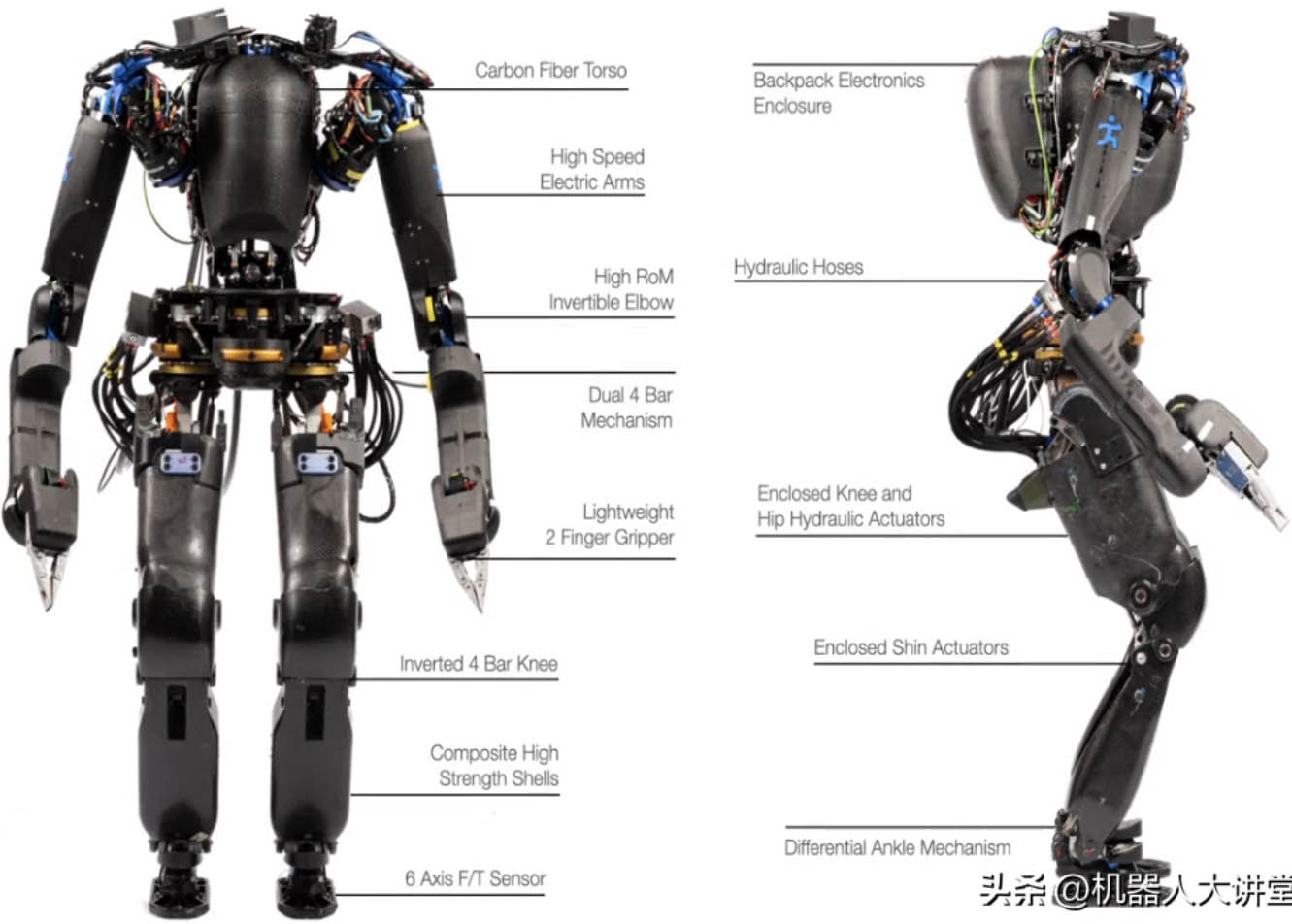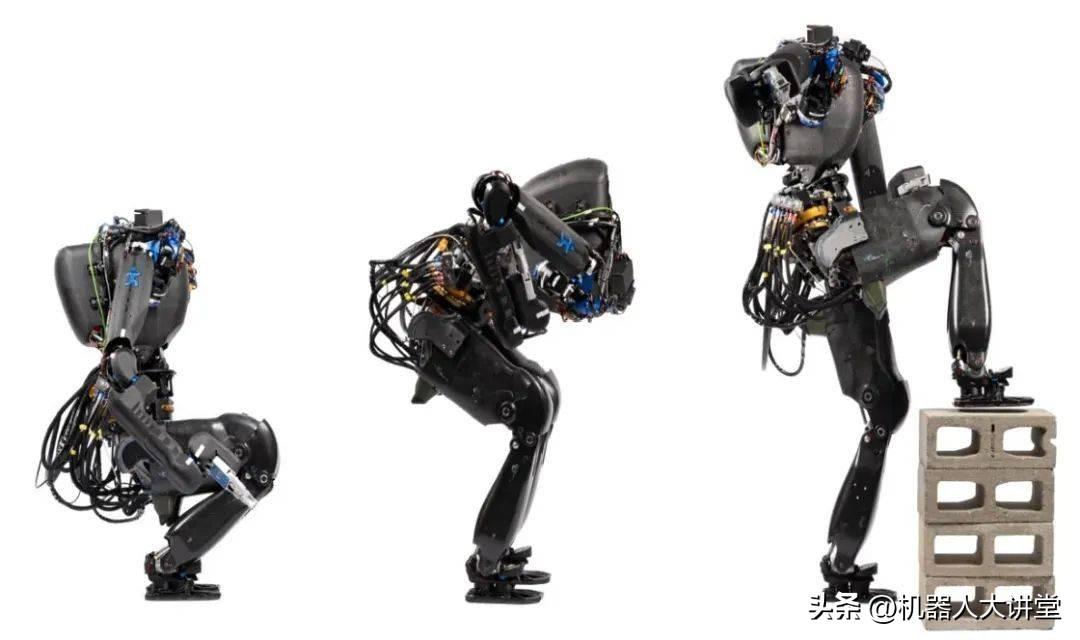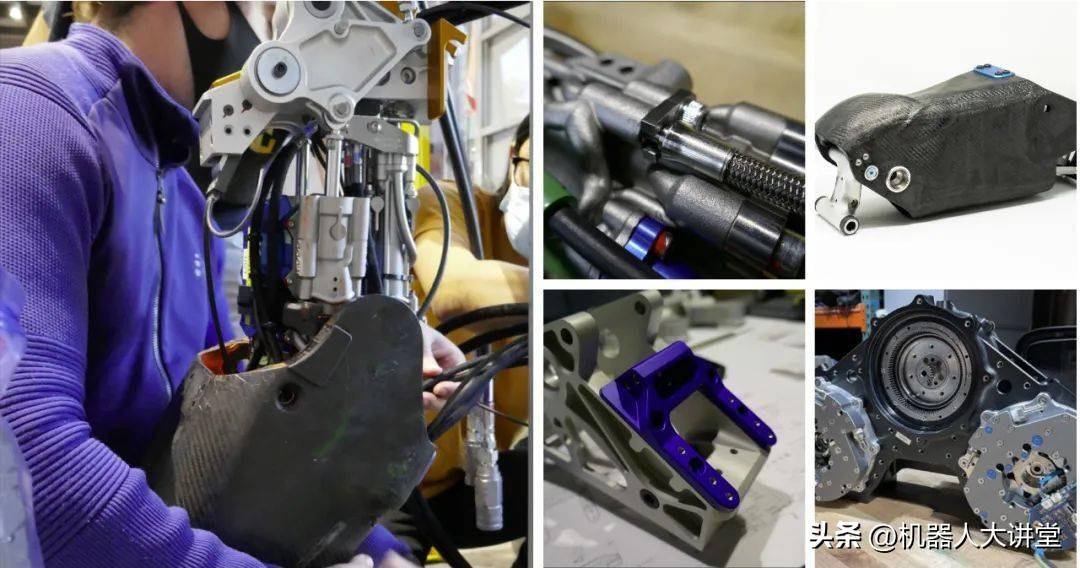Call Us Now
TEL: +86-4000988557; Skype ID: gfreex@hotmail.com;
WeChat: Troysupply_com; QQ ID: 8936906.
Do you dare to boxing with a robot? Netizens said: I haven't lived enough...
A while ago, YouTube released a video titled "Nadia Punches Out", which became a hit as soon as it was released.
The protagonist is Nadia, a humanoid robot from the Florida Institute for Human-Machine Cognition (IHMC for short). Its opponent is a skinny American guy. People can't help but sweat for him. Before the official "fight" started, the two sides still had to fight. He bumped his fist politely:
The boxing sparring officially began. I saw two straight punches and one left hook from the robot, which landed very accurately on the brother's gloves. Although it was different from the "heavy punch" imagined, the two of them cooperated very well:
The camera zoomed out, and a staff member wearing VR glasses appeared, punching, squatting, dodging... almost synchronized with the movements of the humanoid robot!
It turns out that this is when researchers are testing the speed and strength of the latest robotic arm of the Nadia robot. Using VR remote control technology, Nadia's functionality has been greatly improved.
▍A bipedal humanoid robot built by top algorithm
 Nadia's research and development institution is the Florida Institute for Human-Machine Cognition, or IHMC for short, which is known as one of the world's top research institutes on walking motion control of bipedal humanoid robots. Both Boston Dynamics and NASA are provided with software technical support related to robot control by this organization.
Nadia's research and development institution is the Florida Institute for Human-Machine Cognition, or IHMC for short, which is known as one of the world's top research institutes on walking motion control of bipedal humanoid robots. Both Boston Dynamics and NASA are provided with software technical support related to robot control by this organization.
The algorithm that commands Boston Dynamics’ bipedal robot Atlas to stand, walk, and complete eight specified tasks comes from IHMC.
IHMC has previously focused on the development of robot control algorithms and only made upper-level applications. The hardware platforms were cooperated with other institutions, such as NASA's Valkyrie and Boston Dynamics' Atlas.
So why does such an algorithm organization build its own robots? It is understood that IHMC’s current algorithm has reached the physical limits of Valkyrie and Atlas, and the hardware motion performance of other platforms can no longer keep up with the requirements of IHMC’s upper-layer control algorithm.
 From 2019 to today, Nadia has gone through four years of accumulation and more than ten iterations. Officials say it is faster, more flexible, and more powerful than other humanoid robots.
From 2019 to today, Nadia has gone through four years of accumulation and more than ten iterations. Officials say it is faster, more flexible, and more powerful than other humanoid robots.
▍What are the highlights of Nadia?
Since it is produced by IHMC, Nadia's stability is of course its biggest highlight.
It can also walk stably on moving crawlers, and can also walk sideways and backwards:
Even if it is hit, it will not fall:
In terms of hardware, Nadia has 29 joints throughout her body, which officials say can achieve the largest range of motion among all humanoid robots in the world.
Nadia's mechanical structure is not entirely powered by electricity, but uses a hybrid structure of electric and hydraulic actuators. The hips, which require higher precision control, are driven by motors, while the torso and legs are driven by hydraulics:
For full-size bipedal robots, dynamic and explosive movement performance is the key, such as the parkour and backflip previously demonstrated by Atlas2, but the power density of the motor solution is far from sufficient to complete explosive movements. In contrast, the hybrid structure of electric and hydraulic actuators is capable of producing high rotational speeds and relatively large torques, which gives the robot a better power-to-weight ratio, significantly faster speeds, and improves overall operating speed and stability.
In order to minimize the hydraulic structure, IHMC also cooperated with professional organizations to develop components called Integrated Smart Actuators. Once this structure was released, it received high praise in the industry.
This greatly improves the robot's mobility and enables it to walk like a human, which is more natural, instead of pacing like previous humanoid robots.
In an ideal world, Nadia can even run like a human.
▍VR remote control is the best solution in the short term
IHMC also designed and developed a VR remote operating system for Nadia. Raise your arm and shake it twice:
You can also perform more refined control, such as taking out small objects from the box:
Regarding the VR remote control solution, some people have raised questions. IHMC has made such great achievements in algorithms, why not give the robot more autonomy?
Regarding this issue, Robert Griffin, a research scientist at IHMC, said: "We have tried some autonomous planning and operation, but it is limited because it does not take full advantage of the full capabilities of the robot. So what we are doing is trying to automate key parts of the system - like footwork planning and grip planning. But we also need the ability to interact with new environments, which is why we are focused on developing ways to work with humans through interfaces such as virtual reality. Combining human cognitive abilities and The operational capabilities of the robot, the functionality of the robot can be best utilized."
IHMC believes that the current field of humanoid robots still requires human intervention to complete most specific tasks. Equipping a suitable humanoid robot operating platform is the best solution in the short term. Combining human cognition with robots will take a long time. The field with the greatest potential for robots at this time.
IHMC has planned a series of upgrades for Nadia, most notably cutting out the tether by putting batteries and custom hydraulic pumps into the robot's torso, but also including taller torque arms and lighter, more streamlined legs. IHMC said that in the future they will build Nadia into a humanoid robot that can truly serve and benefit mankind.
Humanoid Robot;
AI service Robot;
AI Robot.
 Online service
Online service 4000988557
4000988557 sales1@troysupply.com
sales1@troysupply.com sales2@troysupply.com
sales2@troysupply.com gfreex@hotmail.com
gfreex@hotmail.com Felix
Felix 8936906
8936906 Troysupply_com
Troysupply_com